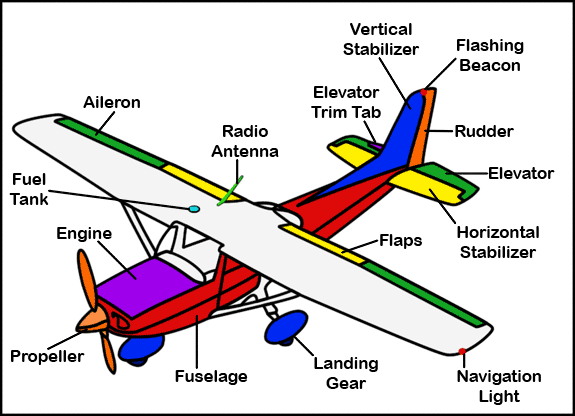I built this LPR version of the Werner von Braun XR-1 Shuttle about 10 years ago, but I deviated from the plans back then and the model did not fly stably. The plans are available from NARTS and the original model is by Bill Spadafora. The NART article calls for buying a commercial styrofoam cone and wrapping layers of white paper around the cone and pinning them in place with pins. The first layer has wax paper and subsequent layers are applied with a thin coating of white glue and water. The paper shell is then lifted off the cone. As I recall on my first attempt 10 years ago I coated just one layer of paper with epoxy and left it on the foam cone. Somehow I cut out a hole for the BT-50 motor tube through the cone and kept the styrofoam cone in place.
Again, I'm deviating from the original plans and will make a paper shell filling just the forward portion with expanding foam.




Again, I'm deviating from the original plans and will make a paper shell filling just the forward portion with expanding foam.






































































